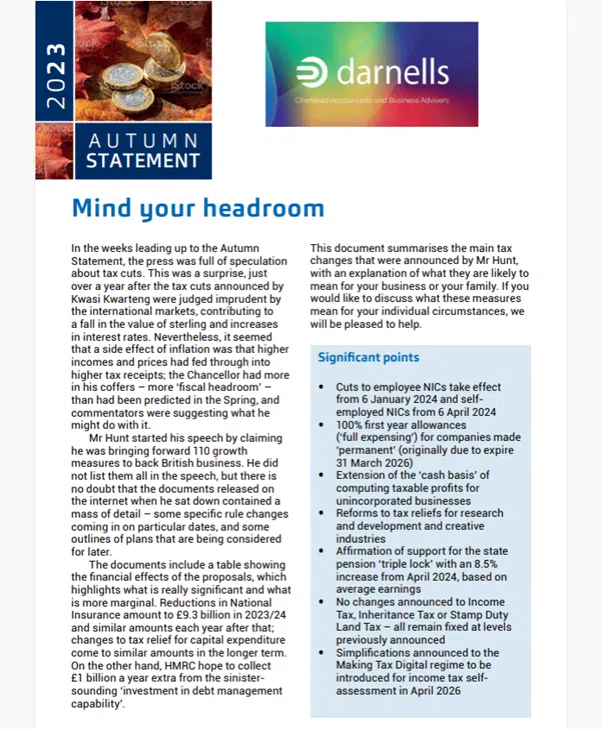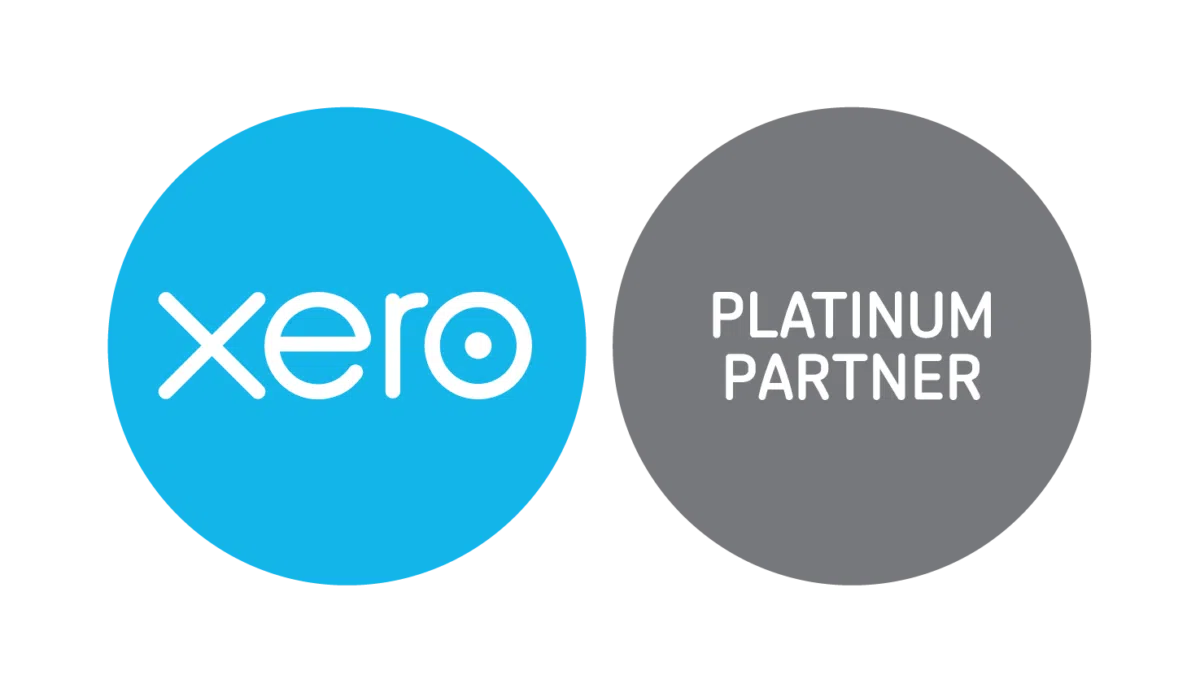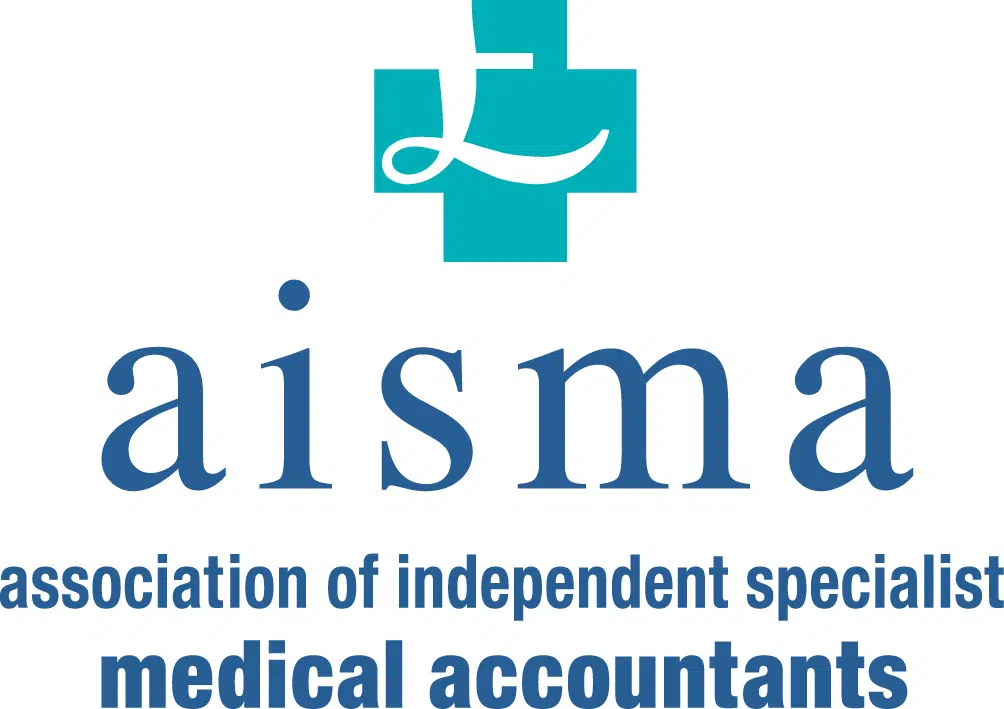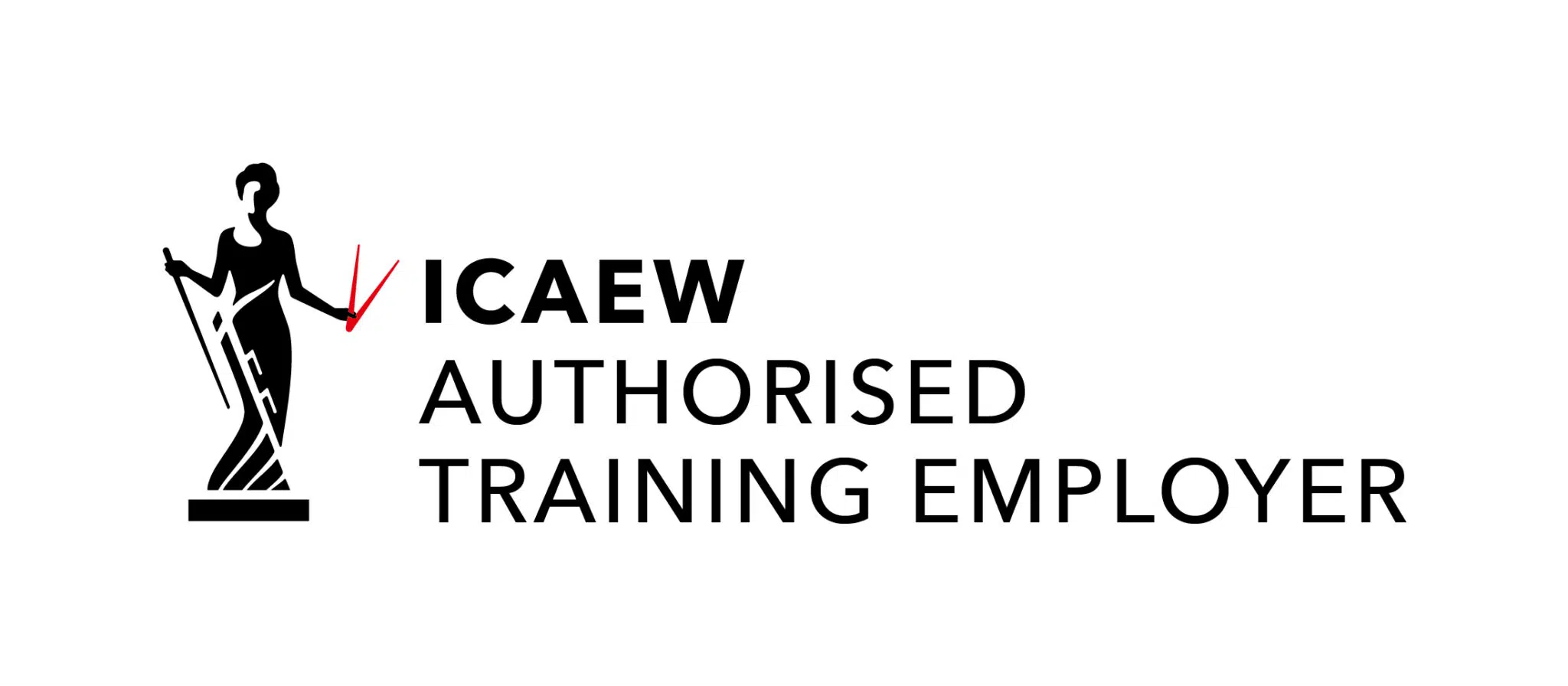Autumn Statement 2023
Published: 24th November 2023

Mind your headroom
In the weeks leading up to the Autumn Statement, the press was full of speculation about tax cuts. This was a surprise, just over a year after the tax cuts announced by Kwasi Kwarteng were judged imprudent by the international markets, contributing to a fall in the value of sterling and increases in interest rates. Nevertheless, it seemed that a side effect of inflation was that higher incomes and prices had fed through into higher tax receipts; the Chancellor had more in his coffers – more ‘fiscal headroom’ – than had been predicted in the Spring, and commentators were suggesting what he might do with it.
Mr Hunt started his speech by claiming he was bringing forward 110 growth measures to back British business. He did not list them all in the speech, but there is no doubt that the documents released on the internet when he sat down contained a mass of detail – some specific rule changes coming in on particular dates, and some outlines of plans that are being considered for later.
The documents include a table showing the financial effects of the proposals, which highlights what is really significant and what is more marginal. Reductions in National Insurance amount to £9.3 billion in 2023/24 and similar amounts each year after that; changes to tax relief for capital expenditure come to similar amounts in the longer term. On the other hand, HMRC hope to collect £1 billion a year extra from the sinister-sounding ‘investment in debt management capability’.
This document summarises the main tax changes that were announced by Mr Hunt, with an explanation of what they are likely to mean for your business or your family. If you would like to discuss what these measures mean for your individual circumstances, we will be pleased to help.
Significant points
• Cuts to employee NICs take effect from 6 January 2024 and self-employed NICs from 6 April 2024
• 100% first year allowances (‘full expensing’) for companies made ‘permanent’ (originally due to expire 31 March 2026)
• Extension of the ‘cash basis’ of computing taxable profits for unincorporated businesses
• Reforms to tax reliefs for research and development and creative industries
• Affirmation of support for the state pension ‘triple lock’ with an 8.5% increase from April 2024, based on average earnings
• No changes announced to Income Tax, Inheritance Tax or Stamp Duty Land Tax – all remain fixed at levels previously announced
• Simplifications announced to the Making Tax Digital regime to be introduced for income tax self-assessment in April 2026
Personal Income Tax
Rates and allowances (Table A)
A year ago, Mr Hunt announced that the tax-free personal allowance and the 40% tax rate threshold will be fixed until 5 April 2028, and lowered the threshold for the 45% rate to £125,140 from 6 April 2023. In spite of some press speculation in advance of the Autumn Statement, there was no mention of changes to these figures in the speech or in the supporting documents. Some commentators have suggested that any good news on income tax will be kept for the Spring Budget, to be fresher in the minds of voters as the next General Election approaches.
Although last year’s announcement implies certainty for years to come, the Chancellor could just as easily change the numbers within that period. ‘Freezing the thresholds’ avoided the
appearance of a direct tax increase, but it is obvious that the effect of pay rises will bring many more people into the higher rate bands, increasing the average rate of tax that they will pay. It will also bring more very low earners into paying tax when their incomes rise above the personal allowance.
Two other thresholds remain fixed, as they have been since they were introduced: the income levels at which the High Income Child Benefit Charge begins to claw back Child Benefit receipts (£50,000 since 2012/13) and at which the tax-free personal allowance is withdrawn (£100,000 since 2010/11). These measures create a higher marginal tax rate in the income bands £50,000 – £60,000 (for those in receipt of Child Benefit) and £100,000 – £125,140 (as the personal allowance is reduced to nil). The effective marginal rate of income tax for someone earning between £100,000 and £125,140 is 60% (as £1 of allowance is lost for every £2 of income). Income above £125,140 is all taxed at 45%.
These rates and thresholds will not automatically apply in Scotland, where tax rates on non-savings, non-dividend income are set by the Scottish Parliament, which will announce its Budget on 19 December. The Welsh Assembly also has the right to set its own tax rates for non-savings, non-dividend income, but has so far kept to the main UK rates. Savings and dividend income are
subject to the same rates throughout the UK, regardless of residence.
Dividend income
No changes were announced to the taxation of dividend income. This means that the dividend allowance, below which no tax is paid on dividends, will fall from £1,000 in 2023/24 to £500 in 2024/25. The reduction in this allowance (which was £2,000 for several years up to 2022/23) will require many more people to file self-assessment tax returns to settle what will often be a
relatively small tax liability.
Employees
Company cars and fuel
Car benefits remain fixed at rates previously announced until the end of 2024/25. The figure used to calculate the benefit of free use of business fuel for private journeys is also fixed at the current figure of £27,800.
The taxable amounts for the availability of a van for more than incidental private use, and for an employee’s private use of fuel in a company van, normally increase in line with inflation. However, the 2023/24 flat rate figures of £3,960 and £757 for these benefits will remain the same for 2024/25.
IR35 – ‘off payroll working’
Since April 2021, for those who operate via a personal service company (or other intermediary), the decision as to the worker’s tax status has in most cases rested with those contracting with the intermediary. An end-client or agency therefore has PAYE risk, in that they may fail to withhold payroll taxes (and pay employer’s NICs) where the person is in fact deemed to be their
employee for PAYE purposes. This can make them liable to unpaid tax and penalties, even if the worker’s company has paid tax on that income.
In such cases, the deemed employer’s PAYE liability will be reduced by an amount of income tax or corporation tax that is estimated to have already been paid by, or assessed on, the intermediary in relation to the engagement. The tax treated as already recovered will be the best estimate that can reasonably be made by an officer of HMRC in respect of the income tax or corporation tax already paid or assessed.
These provisions will apply in respect of PAYE assessed from 6 April 2024 on deemed employment payments made on or after 6 April 2017 (i.e. it is backdated to when the off-payrolling rules were first introduced for public sector engagers).
National Living Wage (NLW)
From 1 April 2024, NLW will apply to those aged 21 or over (currently 23), and will rise from £10.42 per hour to £11.44, with comparable increases to the other rates that apply to younger workers and apprentices.
National Insurance Contributions (NIC)
Thresholds and rates (Table C)
The largest tax cut announced in the Autumn Statement, amounting to £8.7 billion in 2023/24, is a cut in the rate of employee NICs on earnings between the lower and upper earnings limits from 12% to 10%. This will take effect on 6 January 2024, and will save up to £754 in a full tax year (for an employee earning £50,270 or above).
Self-employed people have for many years had to pay flat rate Class 2 NICs, which have conferred entitlement to State pension, and profit-related Class 4 NICs. These are both cut with effect from 6 April 2024:
• Class 2 NICs will not be required to secure benefits for anyone earning above £6,725, saving £179.40 a year – they can still be paid voluntarily for anyone earning less than that to maintain a full contribution record;
• The rate of Class 4 NICs on profits between £12,570 and £50,270 will be reduced from 9% to 8%, saving up to £377.
The combined saving is up to a maximum of £556.
Savings and Pensions
Pension contributions (Table B)
After the removal of the Lifetime Allowance (LTA) charge on large pension funds in the Spring Budget, there were no further changes to the way in which private and employee pensions will be taxed in the short term. The LTA itself will now be removed from the legislation, but the figure (£1,073,100, or more for those with ‘protection’) will remain relevant for determining how much can be drawn as a tax-free lump sum.
A number of proposals were put forward to reform the structure of pension provision in the UK, including resolving the problem of a person collecting a number of small, separate pension pots from different employments. These do not appear to have an impact on the way pensions are taxed.
State pension
Following some speculation about whether the Conservative manifesto commitment to the ‘triple lock’ on State pension increases was affordable, the State pension will continue to be uprated in line with that commitment. This means that the rate will increase by 8.5% in April 2024 based on the increase in average earnings, rather than the lower figure for price inflation. At the
new weekly amount of £221, pensioners will receive nearly £900 a year more than in 2022/23.
Individual Savings Accounts (ISAs)
The annual investment limits for ISAs remain the same for 2024/25. A number of improvements to the administration of ISAs has been announced to make them more flexible and easier to use.
Venture capital schemes
The Enterprise Investment Scheme and Venture Capital Trusts offer a number of tax advantages to investors in qualifying small and start-up businesses. Both sets of rules were due to expire after 5 April 2025, but an extension has been announced to April 2035.
Capital Gains Tax (CGT)
Annual exemption
No announcements were made concerning CGT. This means that the annual exempt amount (AEA), which is currently £6,000 for 2023/24, will be reduced as previously announced to £3,000 for 2024/25.
As well as increasing the likelihood of tax to pay, this reduction in the AEA will mean that many more taxpayers will need to file the CGT pages of the self-assessment tax return. These pages need completing unless both:
• net gains do not exceed the AEA; and
• the total proceeds from all disposals do not exceed £50,000.
Trusts
As the AEA available to most trusts is half of an individual’s AEA, this will be £1,500 for 2024/25 (£3,000 in 2023/24).
Inheritance Tax (IHT)
Thresholds and rates
The IHT nil rate band (NRB) has been frozen at £325,000 since 6 April 2009; the residence NRB has been £175,000 since 6 April 2020. It was announced a year ago that these figures would remain fixed until April 2028, bringing more people within the scope of IHT as assets (particularly houses) rise in value.
There have been no changes to the IHT rates, so the main rate remains 40% for transfers on death in excess of the NRBs. After some press speculation in the week before the Autumn Statement that IHT would be cut, the Chancellor made no mention of the tax at all.
Business Tax
Cash basis
For ten years, unincorporated businesses with a turnover of up to £150,000 have been able to use a simpler ‘cash basis’ to calculate their profits for tax purposes. If turnover grew to more than £300,000, the business would have to return to ‘accruals accounting’. The cash basis has a number of restrictive rules, including a maximum deduction of £500 for interest paid.
The Autumn Statement announced that the turnover limits will be removed for 2024/25: unincorporated businesses of any size will use the cash basis as the default method of computing their profits. Interest of any amount will be eligible for deduction, as long as it is wholly and exclusively incurred for the purposes of the business.
It will still be possible for a business to opt to use traditional accruals accounting rather than the cash basis, as is the case at present for rental income.
Capital allowances on plant and machinery
The Spring Budget included the introduction of ‘full expensing’ of capital expenditure by companies on new plant and machinery (P&M) for a three-year period from 1 April 2023 to 31 March 2026. The Chancellor has now made this ‘permanent’, which makes little difference to government revenue in the short term, but is shown as a £7.5 billion reduction in 2026/27 – nearly as large as the cut in employee NICs.
‘Special rate’ assets, which include integral features in buildings and long life assets, qualify for a 50% first year allowance (FYA). Cars, assets for leasing and secondhand assets are excluded from these FYAs – they only qualify for writing-down allowances.
Where full expensing has been claimed, any subsequent disposal proceeds received for the asset are treated as an immediately taxable ‘balancing charge’. Where 50% FYA has been claimed, 50% of such proceeds are a balancing charge and 50% are deducted from the capital allowance pool. Most smaller businesses would be better off claiming 100% Annual Investment Allowance (AIA) on such expenditure, which does not have these special rules for disposal proceeds. AIA can be claimed on up to £1 million of expenditure on plant a year, is not restricted to companies and is also available on second-hand assets. 99% of businesses spend less than £1 million a year on plant. New zero-emission cars qualify for a 100% FYA under a separate rule until 31 March 2025.
Construction Industry Scheme (CIS)
The CIS requires many businesses carrying out construction work to deduct tax (at either 20% or 30%) before paying subcontractors unless the supplier has gross payment status (GPS), which HMRC
will grant to subcontractors who show a good record of tax compliance.
From 6 April 2024, VAT obligations are added to the statutory compliance test for being granted (and for keeping) GPS. The measure also extends one of the grounds for immediate cancellation of GPS. HMRC is able to withdraw GPS if they have reasonable grounds to suspect that the GPS holder has fraudulently provided an incorrect return or incorrect information in relation to a list of taxes which will be extended to include VAT, Corporation Tax Self-Assessment (CTSA), Income Tax Self-Assessment (ITSA) and PAYE.
Other reforms, also to come in from 6 April 2024, are:
• The removal of the majority of landlord to tenant payments from the scope of the CIS
• Digitalising applications for CIS registration
• Bringing forward the first review of a GPS holder’s compliance history from 12 months after application to 6 months, reverting to 12 months thereafter
Corporation Tax (CT)
Rates
No changes were announced to CT rates, which remain 19% for companies with profits up to £50,000 and 25% for companies with profits over £250,000. Between £50,000 and £250,000 there is a tapering calculation that produces an effective marginal rate of 26.5% on profits within that band. The limits are divided between the number of associated companies (companies under the common control of one or more persons, including both individuals and companies).
Research and development (R&D)
Currently, there are two different regimes to encourage research and development (R&D) expenditure in the UK:
• The enhanced expenditure or ‘super-deduction’ scheme for SMEs, which allows qualifying R&D expenditure to be increased for tax purposes by 86% (with loss-making SMEs able to claim a payable tax credit by surrendering their losses from R&D to HMRC); and
• The Research and Development Expenditure Credit (RDEC) scheme available to large companies with qualifying R&D. This gives a 20% taxable expenditure credit for qualifying expenditure. Some SMEs may need to use this scheme rather than claim a super-deduction, for example if their work is grant-aided.
The government has confirmed its intention to merge the two schemes for accounting periods beginning on or after 1 April 2024. It was previously announced that the changes would apply for expenditure incurred from 1 April 2024; the revised implementation date will avoid the issue of having to make claims under two different regimes for expenditure in the same accounting period.
The rate of credit under the merged scheme will be the current RDEC rate of 20%. The notional tax rate applied to loss-making companies will be the small profit rate of 19%, rather than the 25% main rate currently used in the RDEC.
Contracted-out R&D
The aim of the R&D reliefs is to increase the overall levels of R&D carried out in the UK economy. The government believes it is important that the company making the decision to carry out the R&D and bearing the risk enjoys the relief. Under the new regime, the decision maker is allowed to claim for contracted-out R&D rather than the subcontractor.
Where a company with a valid R&D project contracts a third party to undertake some of the qualifying work connected with their R&D project, the company may claim the relevant qualifying costs of that contract. The company contracted to do that work will not claim for R&D activities which deliver the outcome for its customer’s project.
Contracted R&D carried out by subcontractors who are working for customers who do not pay UK corporation tax, such as overseas companies, will continue to qualify for relief.
If a company, which is contracted to provide a product or service which is not R&D (such as constructing a building or a software product), undertakes R&D in delivering that product or service, they will be able to claim relief even though they are undertaking R&D on an activity contracted to them. The exact details of who should claim the relief will depend on the specific contract.
Subsidised expenditure
The above changes mean that rules relating to subsidised expenditure in the existing SME scheme are no longer relevant. For example, if a company receives a grant that covers part of the cost of its R&D, or if the cost of the R&D is otherwise met by another person, then (subject to the contracting-out rules above) this will not reduce the amount of support available under the merged scheme.
Additional tax relief for R&D intensive SMEs
The ‘SME intensive scheme’, for the most R&D intensive loss-making SMEs, took effect for R&D expenditure from 1 April 2023. Qualifying companies are able to claim a payable credit rate of 14.5% for qualifying R&D expenditure instead of the normal 10% credit rate for losses under the SME scheme.
A company is currently considered ‘R&D intensive’ where its qualifying R&D expenditure is 40% or more of its total expenditure. This threshold will be reduced from 40% to 30%.
Another change is that an intensive SME, which has made a valid claim in the intensive regime in one year, can claim the intensive relief in the following year, even if it would not pass the threshold test in that year.
Audio-visual tax reliefs
As previously announced, the government intends to ‘modernise and simplify’ the audio-visual creative tax reliefs, namely: Film Tax Relief (FTR); High-End TV Tax Relief (HETV); Animation Tax Relief (ATR); Children’s TV Tax Relief (CTR) and Video Games Tax Relief (VGTR).
Under the current schemes, relief is given by way of an additional deduction from profits or surrendering a loss for a tax credit. The FTR, HETV, ATR and CTR are to be replaced by a new Audio-Visual Expenditure Credit (AVEC) regime and the VGTR by a new Video Games Expenditure Credit (VGEC). Both are similar in principle to the RDEC available for R&D expenditure.
Companies claiming for productions under FTR, HETV, CTR and ATR will be able to claim under AVEC in relation to expenditure incurred from 1 January 2024. New productions must be claimed under AVEC from 1 April 2025, and all productions must claim under AVEC from 1 April 2027. FTR, HETV, CTR and ATR will cease on 1 April 2027.
The same transitional dates apply to the transition from VGTR to the VGEC. The new expenditure credit regimes will be similar to the existing tax reliefs, for example in terms of eligibility and the definitions of qualifying expenditure, but ‘animation’ will be extended to include animated theatrical films as well as TV programmes.
The animation and children’s TV will qualify for a higher AVEC credit rate of 39%, rather than the 34% available for films, high-end television and under the VGEC.
Value Added Tax
Registration threshold
The level at which a business is required to register for VAT (taxable turnover of £85,000 in the last 12 months, or expected in the next 30 days) has been fixed since 1 April 2017, and no change was announced to the present intention to keep it at the same level until 31 March 2026. The effect of inflation will require many businesses that are trading below the threshold to register and account for VAT. The deregistration threshold is also fixed at its current level of £83,000 for the same period.
Energy saving materials
The installation of energy saving materials currently qualifies for zero-rating for VAT. This means that the installer can claim back the VAT on the cost of the goods installed, and charge no VAT to the customer. This relief is to be extended with effect from February 2024 to new technologies such as water-source heat pumps, and also to intallations in buildings used solely for a relevant charitable purpose.
VAT-free shopping
Up to 31 December 2020, it was possible for non-EU visitors to the UK to obtain a refund of VAT paid on goods purchased while here and taken out of the country in their personal baggage. This was abolished as one of the consequences of Brexit. The retail industry has lobbied extensively for the restoration of some version of the scheme; the only response so far is that ‘the government will continue to accept representations and consider this new information carefully, alongside broader data’.
Stamp Duty Land Tax (SDLT)
Thresholds
On 23 September 2022, the government increased the nil rate threshold (NRT) for SDLT from £125,000 to £250,000 for all purchasers of residential property and from £300,000 to £425,000 for first-time buyers. The maximum purchase price for which the first-time buyer’s threshold applies was increased from £500,000 to £625,000.
These increases in thresholds were later classified as ‘temporary’ and will remain in place until 31 March 2025 ‘to support the housing market and the hundreds of thousands of jobs and businesses which rely on it.’ If history is a guide, such a pre-announced increase in SDLT may well lead to a boom in house prices just below the thresholds as the date approaches. SDLT only applies in England and Northern Ireland. Decisions about the devolved taxes in Scotland (Land and Buildings Transaction Tax) and Wales (Land Transaction Tax) will be taken by their respective governments.
Annual Tax on Enveloped Dwellings (ATED)
ATED applies to residential property worth above £500,000 that is owned through companies and other corporate structures, unless the situation qualifies for a relief. The rates increase automatically each year with inflation and will rise by 6.7% from 1 April 2024, in line with the September 2023 Consumer Prices Index.
Business Rates
From 1 April 2023, charges for business rates in England were updated to reflect changes in property values since the last revaluation in 2017. A package of targeted support was announced a year ago to help businesses adapt to the new charges. Further measures announced this year are:
• Multiplier Freeze – The small business multiplier will be frozen in 2024/25 for a fourth consecutive year at 49.9p, while the standard multiplier will be uprated by inflation to 54.6p.
• Retail, Hospitality and Leisure Relief – eligible retail, hospitality, and leisure businesses qualify for 75% business rates relief, capped at £110,000 per business and extended for a year from 2023/24 to 2024/25.
Other measures
Making Tax Digital for Income Tax Self-Assessment (MTD ITSA)
In December 2022, it was announced that the introduction of MTD ITSA for landlords and the self-employed would be staged. Those with incomes over £50,000 will come in first from April 2026, and those with between £30,000 and £50,000 will come in a year later in April 2027.
Although no mention of MTD ITSA was made in the Chancellor’s speech, a number of points have been confirmed in the accompanying documentation, as follows:
• Those with gross income (self-employed and property income) under £30,000 will not be brought into MTD ITSA, although this will be kept ‘under review’.
• There are new exemptions for foster carers and those unable to get a National Insurance Number.
• The requirement for taxpayers to file an End of Period Statement (EOPS) is removed. This will be a major simplification, as it will remove the need to produce two separate end of year reports. Instead, the EOPS will be merged into the ‘Final Declaration’ process.
• The reporting of quarterly information will become cumulative, rather than just reporting that quarter’s figures. This change should make amendments easier to deal with, as taxpayers will be able to correct any errors in their next quarterly update, rather than resubmitting past quarters.
• Joint landlords will be able to opt out of quarterly updates and keep simpler records in respect of jointly owned property.
Requirement to file tax returns
At present, taxpayers with incomes over £150,000 are automatically required to file a self-assessment tax return each year. The Autumn Statement included an announcement that those whose tax is all paid under PAYE will be removed from this requirement from 2024/25.
However, as mentioned above, increases in interest rates on savings raising interest incomes above the tax-free savings allowance as well as the reductions in the CGT annual exempt amount and the dividend allowance are likely to have the opposite effect – more people will have tax liabilities that have to be reported to HMRC.
Additional Compliance Resource for HMRC
In many fiscal statements, the Chancellor of the day announces an allocation of resources to HMRC to bring in more money. This time, it was an investment of £163 million in HMRC’s debt management capability. This is supposed to allow HMRC to better distinguish between those who can afford to settle their tax debts, but choose not to, and those who are temporarily unable
to pay and need support. HMRC will also expand its debt management capacity to support both individual and business taxpayers out of debt faster and collect debts that are due. This ‘investment’ is scheduled to produce additional revenues of £515 million in 2024/25 and over £1 billion in each of the following three years.
Investment Zones and Freeports
Investment Zones and Freeports are areas in which numerous tax incentives are available to generate economic growth. The Chancellor announced an extension of both schemes: Investment Zones will run to the end of 2033/34, and Freeport tax reliefs must be claimed by September 2031. In addition, the Chancellor announced a number of new Investment Zones in Manchester, East and West Midlands, South East Wales and Wrexham and Flintshire.
Universal Credit
Universal Credit will increase in April 2024 by inflation, measured by the annual rise in the Consumer Prices Index, which is 6.7% to September 2023. There had been speculation that the lower figure for inflation in the year to October would be used, but the Chancellor rejected that suggestion.
Income Tax Rates and Allowances (Table A)
Main allowances 2024/25 2023/24
Personal Allowance (PA)*† £12,570 £12,570
Blind Person’s Allowance 3,070 2,870
Rent a room relief § 7,500 7,500
Trading income § 1,000 1,000
Property income § 1,000 1,000
* PA will be withdrawn at £1 for every £2 by which ‘adjusted income’ exceeds £100,000. There will therefore
be no allowance given if adjusted income is £125,140 or more.
† £1,260 of the PA can be transferred to a spouse or civil partner who is no more than a basic rate taxpayer,
where both spouses were born after 5 April 1935.
§ If gross income exceeds this, the limit may be deducted instead of actual expenses.
Rate Bands 2024/25 2023/24
Basic Rate Band (BRB) £37,700 £37,700
Higher Rate Band (HRB) 37,701-125,140 37,701-125,140
Additional rate over 125,140 over 125,140
Personal Savings Allowance (PSA)
– Basic rate taxpayer 1,000 1,000
– Higher rate taxpayer 500 500
Dividend Allowance (DA) 500 1,000
BRB and additional rate threshold are increased by personal pension contributions (up to permitted limit) and
Gift Aid donations.
Rate Bands 2024/25 2023/24
Rates differ for General, Savings and Dividend income within each band:
G S D G S D
% % % % % %
Basic 20 20 8.75 20 20 8.75
Higher 40 40 33.75 40 40 33.75
Additional 45 45 39.35 45 45 39.35
General income (salary, pensions, business profits, rent) usually uses personal allowance, basic rate and
higher rate bands before savings income (mainly interest). To the extent that savings income falls in the
first £5,000 of the basic rate band, it is taxed at nil rather than 20%.
The PSA taxes interest at nil, where it would otherwise be taxable at 20% or 40%.
Dividends are normally taxed as the ‘top slice’ of income. The DA taxes the first £500 (2023/24: £1,000) of
dividend income at nil, rather than the rate that would otherwise apply.
High Income Child Benefit Charge (HICBC)
1% of child benefit for each £100 of adjusted net income between £50,000 and £60,000.
Income Tax – Scotland Rate 2023/24
Starter Rate 19% £2,162
Basic Rate 20% 2,163 – 13,118
Intermediate Rate 21% 13,119 – 31,092
Higher Rate 42% 31,093 – 125,140
Top Rate 47% over 125,140
The Scottish rates and bands do not apply for savings and dividend income, which are taxed at normal UK
rates. The Scottish rates for 2024/25 have not yet been announced.
Remittance basis charge 2024/25 2023/24
For non-UK domiciled individuals who
have been UK resident in at least:
7 of the preceding 9 tax years £30,000 £30,000
12 of the preceding 14 tax years 60,000 60,000
15 of the preceding 20 tax years Deemed to be UK domiciled for tax purposes
Registered Pensions (Table B)
2024/25 2023/24
Annual Allowance (AA) £60,000 £60,000
Annual relievable pension inputs are the higher of earnings (capped at AA) or £3,600.
The AA is usually reduced by £1 for every £2 by which relevant income exceeds £260,000, down to
a minimum AA of £10,000.
The AA can also be reduced to £10,000, where certain pension drawings have been made.
For 2023/24 and 2024/25, there is no Lifetime Allowance charge on high pensions savings.The
maximum tax-free pension lump sum is £268,275 (25% of £1,073,100), unless a higher amount is
“protected”.
Car and Fuel Benefits (Table C)
Cars
Taxable benefit: List price multiplied by chargeable percentage. 2024/25 and 2023/24
CO2 emissions Electric range All cars
g/km Miles %
0 N/A 2
1-50 >130 2
1-50 70 – 129 5
1-50 40 – 69 8
1-50 30 – 39 12
1-50 <30 14
51-54 N/A 15
Then a further 1% for each 5g/km CO2 emissions, up to a maximum of 37%.
Diesel cars that are not RDE2 standard suffer a 4% supplement on the above figures but
are still capped at 37%.
Car Fuel
Where employer provides fuel for private motoring in an employer-owned car, CO2-based
percentage from above table multiplied by £27,800.
National Insurance Contributions 2024/25 (Table D)
Class 1 (Employees) Employee Employer
Main NIC rate 10% 13.8%
No NIC on first £242pw £175pw
Main rate charged up to * £967pw no limit
2% rate on earnings above £967pw N/A
Employment allowance per qualifying business N/A £5,000
*Nil rate of employer NIC on earnings up to £967pw for employees aged under 21, apprentices aged under
25 and ex-armed forces personnel in their first twelve months of civilian employment.
Employer contributions (at 13.8%) are also due on most taxable benefits (Class 1A) and on tax paid on an
employee’s behalf under a PAYE settlement agreement (Class 1B).
Class 2 (Self-employed)
From 6 April 2024, self-employed people with profits above £6,725 are no longer required to pay Class 2
NICs, but will continue to receive access to contributory benefits, including the State Pension.
Those with profits under £6,725 can pay Class 2 NICs voluntarily to get access to contributory benefits
including the State Pension. The amount is £3.45 per week.
Class 3 (Voluntary)
Flat rate per week £17.45
Class 4 (Self-employed)
On profits £12,570 – £50,270 8%
On profits over £50,270 2%















